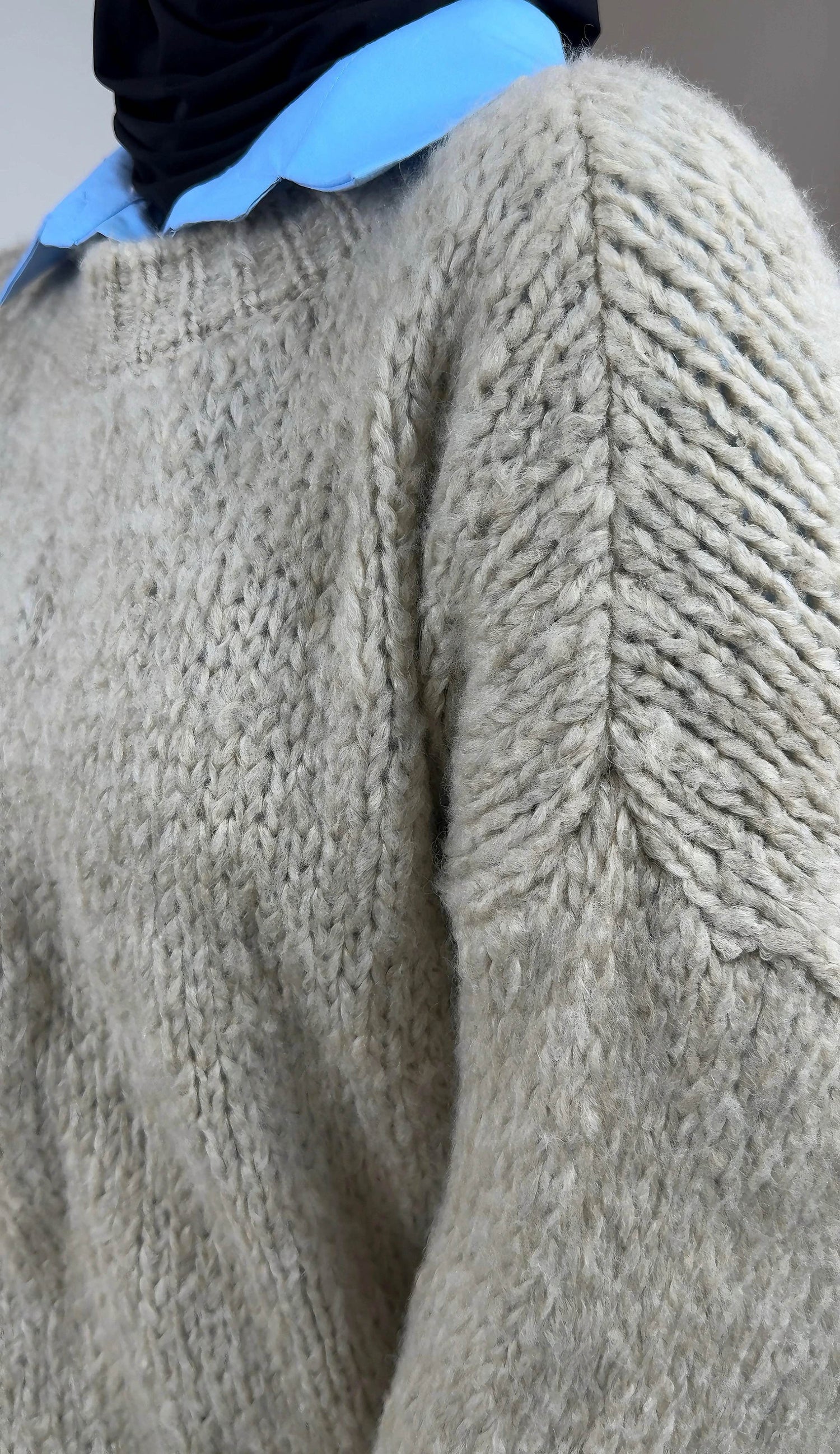
The advantages and disadvantages of the main fabrics: natural and synthetic
Fabric selection plays a crucial role in the design and final price of clothing. Some materials, such as silk or cashmere, increase the cost of a garment due to their rarity and manufacturing process. Others, such as polyester, allow for more affordable options. Here's an overview of the main fabrics and their implications for the consumer.
I. Natural fabrics: authentic and breathable fibers
Natural fabrics, whether from plant or animal sources, are valued for their comfort , softness , and durability . However, their price can vary considerably depending on their rarity and quality.
Collapsible content
Cotton
Benefits :
- Very soft, comfortable and breathable, suitable for all climates.
- Hypoallergenic, ideal for sensitive skin.
Disadvantages :
- Wrinkles easily and may shrink in the wash.
- High environmental impact for conventional cotton.
Impact on clothing price : Conventional cotton is generally affordable, but organic cotton can increase the final cost due to its sustainable production methods.
Wool
Benefits :
- Excellent thermal insulation, perfect for winter.
- Very durable if well maintained.
Disadvantages :
- May irritate skin, especially with lower quality wools.
- Requires careful maintenance (hand wash or dry clean).
Impact on clothing prices : Standard wool clothing remains affordable, but more luxurious cashmere or alpaca clothing costs significantly more.
Flax
Benefits :
- Lightweight, breathable and perfect for summer.
- Very resistant and durable over time
- Ecological: its cultivation requires little water or pesticides.
Disadvantages :
- Creases easily, which can make it more demanding to maintain.
- Less soft than other materials, especially after several washes
Impact on clothing price : Linen clothing is more expensive than regular cotton clothing, but its durability can make it a good investment.
Silk
Benefits :
- Luxurious material, soft and light on the skin.
- Rich in thermoregulatory properties: cool in summer, warm in winter.
Disadvantages :
- Very delicate, it requires washing at home or dry cleaning.
Impact on clothing prices : Silk is a high-end material, which is reflected in the price of clothing, which is often reserved for luxury items.
II. Synthetic fabrics: practicality and affordability
Synthetic fibers, produced through chemical processes, are widely used in the textile industry for their strength , easy maintenance and generally lower cost than natural fibers.
Collapsible content
Polyester
Benefits :
- Highly durable: it resists wrinkling, wear and fading well.
- Dries quickly and is easy to maintain
Disadvantages :
- Not very breathable, which can cause a feeling of heat.
- Made from petroleum, with a high environmental impact.
Impact on clothing prices : Polyester is one of the most affordable materials, which makes it possible to offer clothing at competitive prices.
Nylon
Benefits :
- Robust and wear-resistant, ideal for sportswear.
- Lightweight and dries quickly.
Disadvantages :
- Low breathability, which may cause discomfort.
- May retain odors after prolonged use.
Impact on clothing price : Nylon clothing is slightly more expensive than polyester clothing, but remains affordable.
Elastane (or spandex)
Benefits :
- Stretchy and lightweight, perfect for tight-fitting or sportswear.
- Offers great freedom of movement.
Disadvantages :
- Sensitive to heat, it can lose its elasticity over time.
- Less ecological than natural fibers.
Impact on clothing price : The cost remains affordable, although elastane is often used in blends with other fibers, which can influence the final price depending on the main material.
Viscose (or rayon)
Benefits :
- Soft and lightweight, often used as an affordable alternative to silk.
- Smooth and elegant appearance.
Disadvantages :
- Not very durable: wrinkles easily and can become deformed with poor maintenance.
- Requires delicate maintenance to preserve its quality.
Impact on clothing price : Generally, viscose is economical, but higher-end versions (like modal or cupro) can increase the cost of clothing.
Acrylic
Benefits :
- Effective thermal insulation: it retains heat very well and provides a feeling of comfort.
- Easy maintenance. It can be machine washed without worrying about rapid deterioration.
Disadvantages :
- Not very durable: despite being resistant to washing, acrylic tends to pill and can lose its shine over time.
- Like many synthetic materials, it lacks breathability.
- Derived from petroleum, it has a negative ecological impact due to its low biodegradability.
Impact on clothing prices : Acrylic clothing is positioned in affordable price ranges, which makes it a popular material for economical pieces.
III. In summary: price and material, a balance to be found
Natural fibers, such as wool, silk, or linen, provide comfort and a certain elegance , but they often translate into a higher price for the consumer, especially if they are of premium quality. Conversely, synthetic fibers such as polyester or nylon allow for lower costs , while offering durable and easy-care clothing.
Depending on your priorities—luxury, comfort, durability, or budget—the choice of materials will impact not only your wearing habits, but also the final price of the garment.
Please let me know if this article was helpful to you in the comments or on Instagram.
See you soon!
